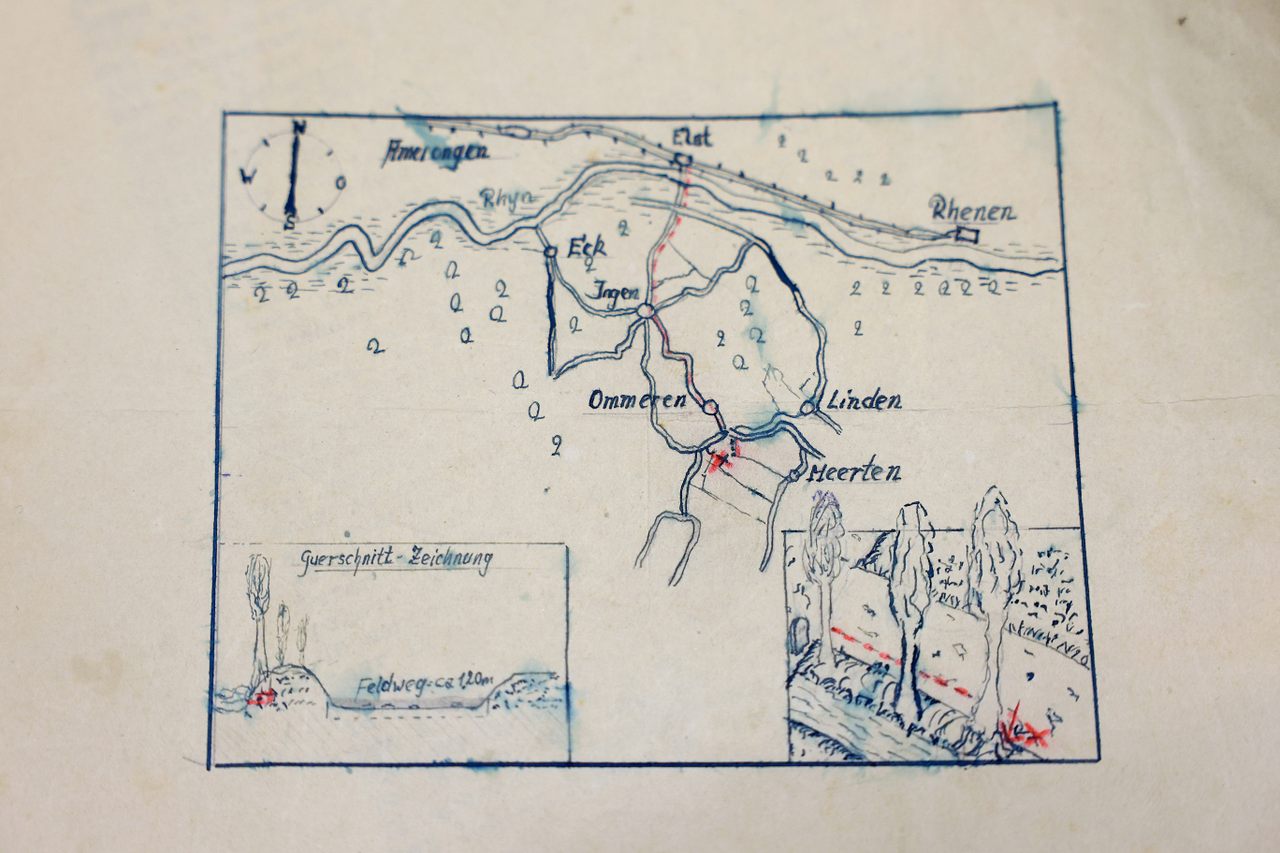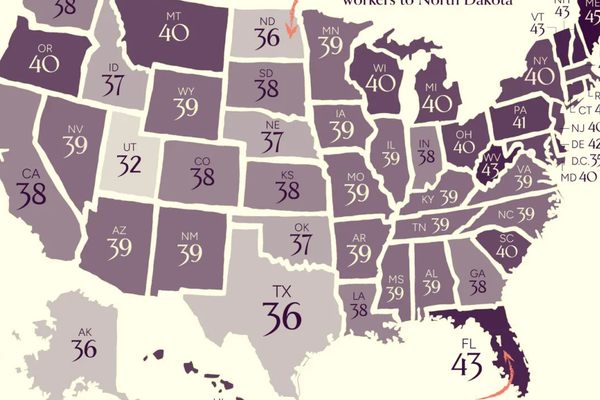The WWII Treasure Map That Caused A Modern Day Hunt
The question remains: Where is the loot?
Truth can be stranger than fiction. Rarer, and therefore even stranger, is when truth is exactly as strange as fiction. Case in point: the fevered treasure hunt for World War II loot that engulfed the Dutch village of Ommeren in January 2023. It felt like something scripted specifically for the Indiana Jones universe.
Local mayor begged them to stop
As it does every year, the Dutch National Archives started the New Year with a “Revelation Day”—disclosing documents that had hitherto been unavailable to the public, typically after a standard 75-year confidentiality term.
Among the thousands of documents released was an actual, hand-drawn treasure map for valuables hidden by German soldiers at the end of World War II. And the spot where the loot was buried was marked by an actual X. Just like in the movies.

The result was equally cinematic: Hundreds of detectorists and other fortune seekers descended on the treasure’s presumed location, digging so many holes that the local mayor begged them to stop. A full year later—and as is the case with the best treasure stories—the loot has still not been found.
Bank vault contents scattered on the street
For the origin story, we must go back to the fall of 1944, when the Allies launched Operation Market Garden, a failed attempt to cross the Rhine in the Netherlands and from there to push into northern Germany, later dramatized in the classic war movie A Bridge Too Far. During the hostilities, an Allied bomb destroyed a bank building in Arnhem, scattering the contents of the safe on the street. Four German soldiers gathered what they could: gold coins, watches, jewels, diamonds, and other valuables.
The Allies suffered heavy losses and retreated—a rare German win toward the end of the war—but in April 1945, they were again approaching Arnhem. As the situation became more fluid and dangerous, the four soldiers decided to bury their loot for safekeeping.

They packed the valuables into four zinc ammunition boxes and hid them in the roots of a poplar tree near Ommeren, a village of about 700 in Gelderland province, about 18 miles (25 km) east of Arnhem. This time, however, the Allied advance proved irreversible. The four looters retreated with the rest of the German army, without retrieving their treasure.
Nobody ever would have known about this had not Helmut S., one of the four soldiers, blabbed about it back home in Berlin. (Because of European Union privacy regulations, the soldier’s full name has not been revealed by the Dutch National Archive. Since he was born in 1925, there’s a slight chance he might still be alive.)
$20 million in today’s money
The soldier’s story was brought to the attention of the Beheersinstituut, a Dutch institute tasked with managing the assets of people who had disappeared during the war. Based on Helmut’s testimony, the institute established the contents’ value at about $20 million (in today’s money), as well as its whereabouts thanks to the map produced by Helmut. It is unclear whether it was drawn by him or by one of the other three soldiers.
Using that map, the institute carried out three searches in 1946 and 1947, including with primitive metal detectors and ultimately even with the help of Helmut himself, who was brought back from Germany specifically for that purpose. But the searches turned up nothing but Gelderland clay. The case was closed without effect. The map was archived as confidential to protect the interests of the rightful owners of the looted valuables.
Theories about the Dutch treasure map
So, what happened? In the absence of the glittering prize, various theories have been put forward. One says that Helmut may have misremembered the event. After all, he placed the bombardment that ripped open the bank in August 1944, even though the Allies did not bomb Arnhem during that month. Perhaps he was equally wrong about the exact location of the buried treasure.
Or perhaps the treasure was where the map says it was—underneath that third poplar—but it has already been found, either by inadvertent eyewitnesses to the original burial or because the treasure became exposed due to extensive Allied bombing of Ommeren at the end of April 1945. Maybe U.S. soldiers found it, who were alerted to the possibility of buried riches by the Dutch government’s own attempts to find it after the war.

Another intriguing possibility is that the loot was recovered right after the war by one of Helmut’s three confederates. Two are known to have been killed in the last days of the war, but the third one simply vanished—missing and presumably having a good time, as the legend goes.
The most disappointing option is that, for whatever reason, the story was made up. Perhaps Helmut simply wanted to curry favor with and obtain protection from the Allies. That’s not unthinkable in a bombed-out Berlin that was also occupied by Soviet forces, who were particularly vengeful against the Germans. That would mean there was no treasure to begin with.
None of that discouraged the hundreds of treasure hunters, many armed with shovels, who dug deep holes in Ommeren starting at the beginning of 2023. According to local sources, the hunt has ended, which is just as well. Instead of treasure, the excavators risked unearthing another underground legacy of World War II: unexploded ordnance.
Whether it ever existed or has already been salvaged, the treasure of Ommeren is likely to remain part of the local folklore, and some will keep looking for it. In that sense, the Ommeren map and various other rumors of Nazi loot are just the latest manifestation of older legends of pirate treasure: stories that may be too good to be true, but also too fascinating to ignore.
This article originally appeared on Big Think, home of the brightest minds and biggest ideas of all time. Sign up for Big Think’s newsletter.














Follow us on Twitter to get the latest on the world's hidden wonders.
Like us on Facebook to get the latest on the world's hidden wonders.
Follow us on Twitter Like us on Facebook